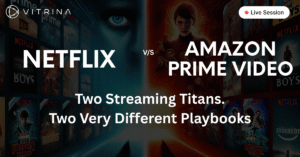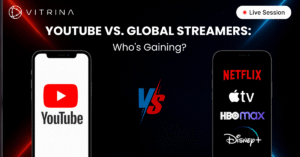A recent study at IBC 2025 reveals that YouTube is the leading video service, with over 50% of US users now watching on Connected TVs. The research highlights the dominance of Korean manufacturers like Samsung and LG in the Smart TV market, controlling 60% of YouTube viewership on television screens.
Recent research unveiled at IBC 2025 in Amsterdam highlights that YouTube has firmly established itself as the premier video service across all devices, with a notable shift towards Connected TV (CTV) environments. The data reveals that over 50 percent of YouTube users in the US now prefer watching content on CTV screens.
According to María Rúa Aguete, Head of Media Entertainment at Omdia, “YouTube’s cross-platform strategy has created an unprecedented opportunity for monetization across the entire device ecosystem.” She further emphasized, “What we’re witnessing is nothing short of a revolution in how video content reaches consumers.”
Rúa Aguete also noted, “YouTube represents more of an opportunity than a threat for TV players. Our data shows significant overlap between YouTube users and traditional entertainment sectors, creating potential for strategic partnerships rather than competition.”
The research underscores the dominance of Korean manufacturers in the Smart TV market, with Samsung capturing 37 percent of YouTube Smart TV viewership and LG securing 23 percent. Together, these two giants account for a remarkable 60 percent of all YouTube consumption on television screens.
“The numbers tell a compelling story about where consumer behavior is heading,” explained Rúa Aguete. “Almost one-third of respondents report watching YouTube through Smart TV apps, making it the third most used device for YouTube after computers and smartphones.”
Perhaps the most striking aspect is YouTube’s platform-agnostic success. The research indicates that three out of four media streaming devices used to access YouTube are not powered by Google, showcasing that YouTube’s growth transcends individual ecosystems.
“Partnerships are absolutely key in this new landscape,” emphasized Rúa Aguete. “The winners in this space will be those who form the strongest alliances between platforms, device manufacturers, and advertisers. YouTube’s universal availability across devices creates monetization opportunities that siloed platforms simply cannot match.”
The findings were part of Omdia’s extensive media consumption analysis presented at IBC 2025, where industry leaders convened to discuss the future of broadcasting and digital media.
































